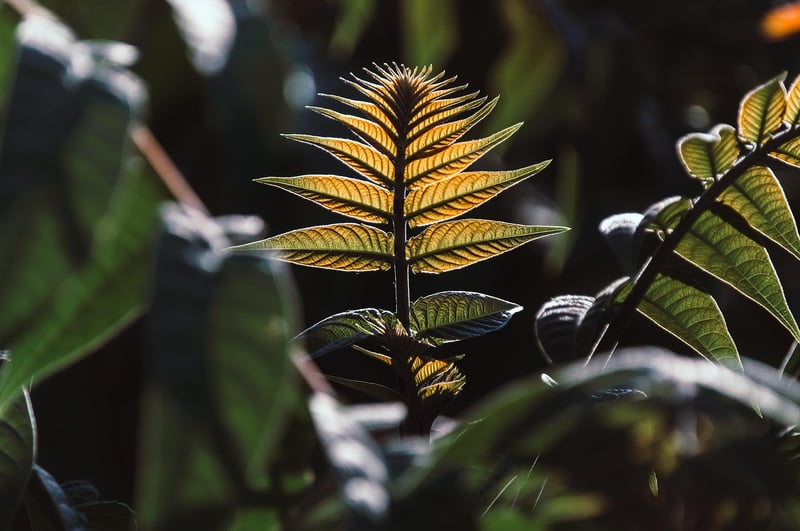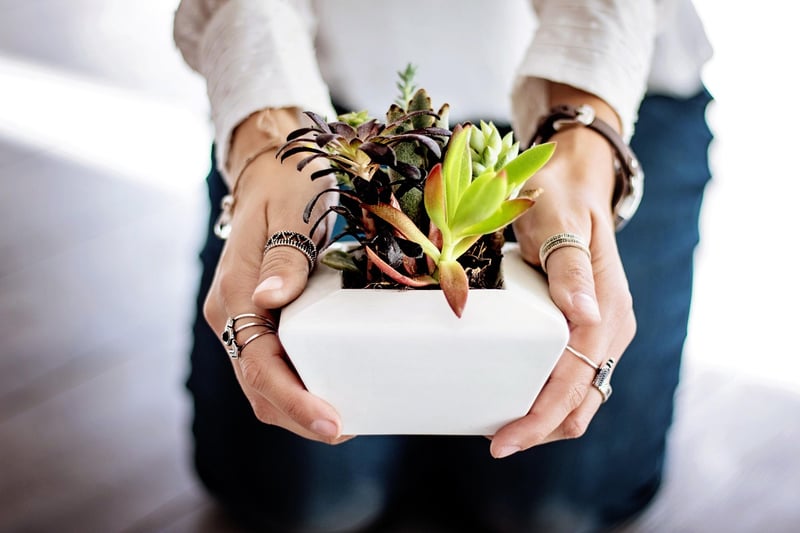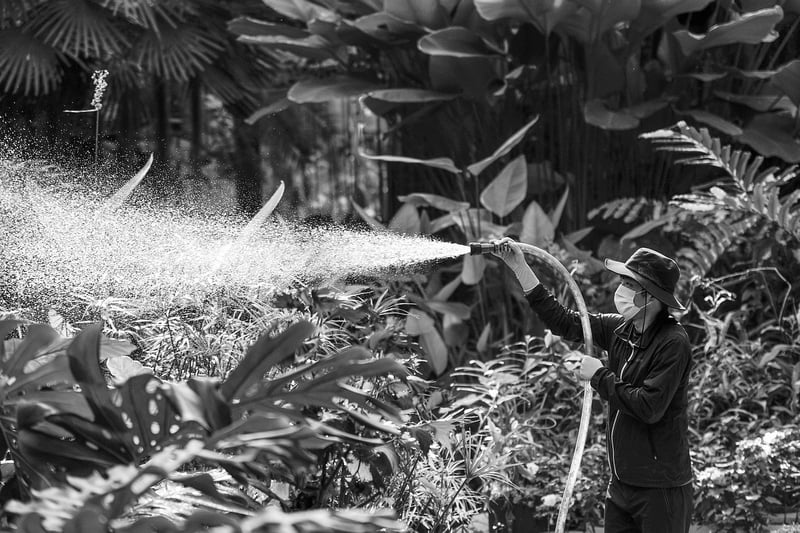Plant Watering
Tips for Healthy Plants
1. Choose the Right Plant
Before buying a plant, consider your home environment, natural light availability, and your commitment to care for it.
2. Provide Adequate Light
Most plants need light to survive. Ensure your plants get enough natural or artificial light based on their specific requirements.
3. Water Plants Properly
Overwatering or underwatering can harm your plants. Be mindful of each plant's water needs and adjust accordingly.
4. Fertilize Regularly
Plants require nutrients to grow. Use a suitable fertilizer and follow the instructions to keep your plants healthy.
5. Monitor Humidity Levels
Some plants thrive in high humidity, while others prefer drier conditions. Adjust the humidity levels to meet your plant's requirements.
6. Prune and Trim
Regularly prune dead leaves and trim overgrown branches to promote healthy growth and maintain the plant's shape.
Plant Watering Guide
1. Check Moisture Levels
Before watering, check the soil's moisture level by inserting your finger into the soil. Water only if the top inch is dry.
2. Watering Frequency
Each plant has different watering needs. Some plants require frequent watering, while others prefer to dry out between watering sessions.
3. Watering Techniques
Water plants at the base to prevent water from sitting on leaves, which can lead to mold or diseases. Use room temperature water whenever possible.
4. Drainage is Key
Ensure your plant pots have drainage holes to prevent waterlogging. Excess water can cause root rot and harm the plant.
5. Consider the Season
Adjust your watering schedule based on the season. Plants may need more water in hot, dry weather and less in cooler months.


